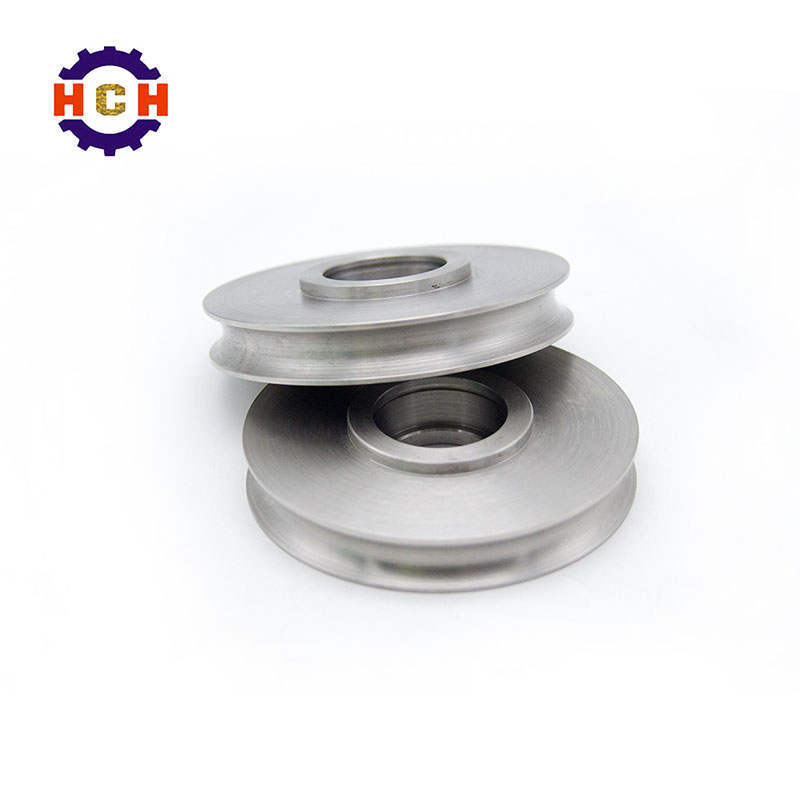Non-standard mechanical design first step
Understand the purpose of the equipment, is it processing equipment? Still testing equipment? Or tooling fixtures. Processing equipment: Firstly, the processing accuracy is guaranteed, and secondly, the loading and unloading is convenient, accurate and fast. Test equipment: provide the corresponding power, test the necessary test points, how to combine with electrical, display data and read data. Fixtures: How to limit the degree of freedom, loading and unloading is fast and reliable.
The second step of non-standard mechanical design
On-site inspection to understand relevant data
a) Equipment related data, such as physical dimensions, corresponding redemption drawings and dimensions
b) Relevant data of the equipment installation site, whether it interferes with other equipment
c) Electrical related data used in equipment installation, how many volts is the voltage, how much power can be supplied

The third step of non-standard mechanical design
Prepare some industry standards, product-related data of online manufacturers, and manufacturers will provide data on principles, installation dimensions and other preparations for drawing.
Non-standard mechanical design fourth step
Take out the plan: The feasibility report of the program includes the following:
a) the efficiency, accuracy, etc. of the original equipment, explain why the update or increase
b) Features of the new equipment
c) Production costs, including materials, labor, and external processing fees
d) The cost recovery period, the investment will be recovered within half a year, and the investment will be made within one year; Including how much labor costs are reduced, and the value created by efficiency is increased.
e) Production cycle estimation.